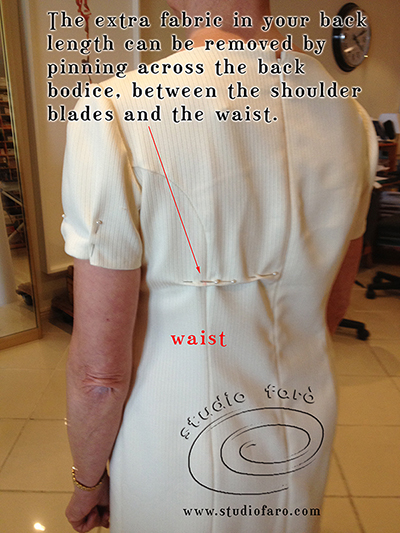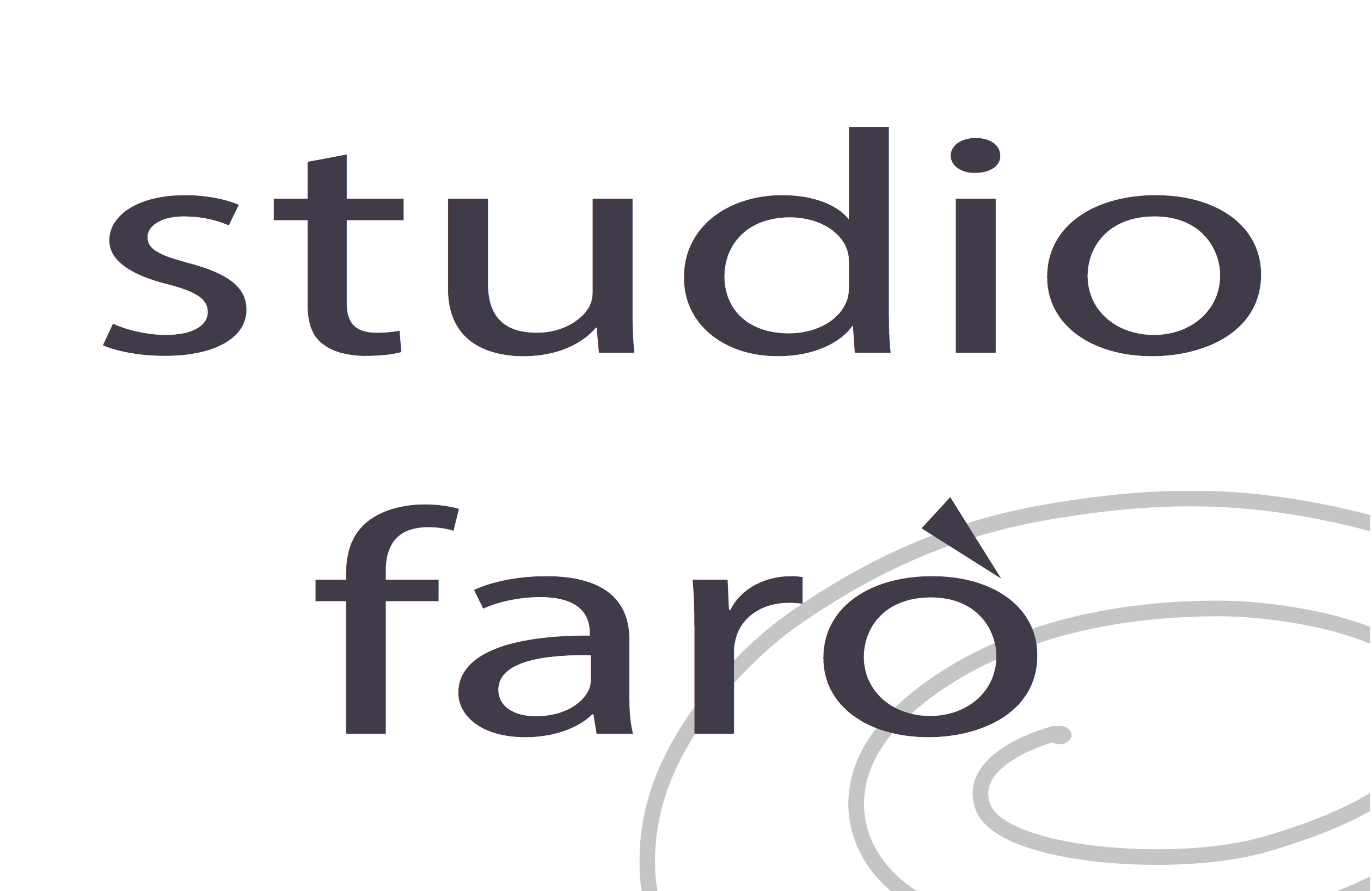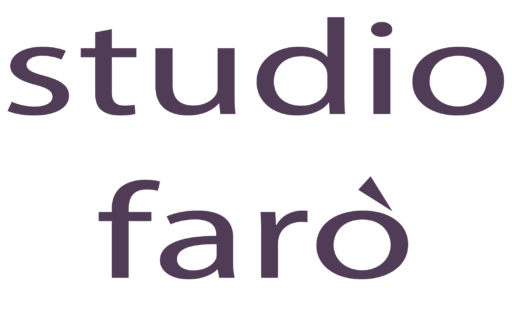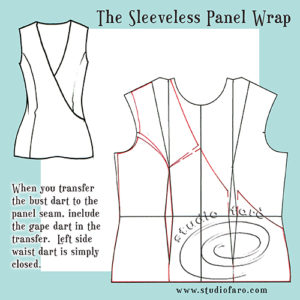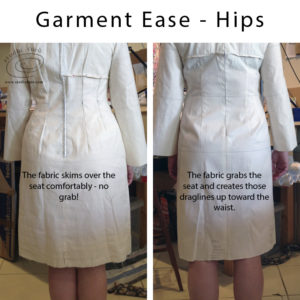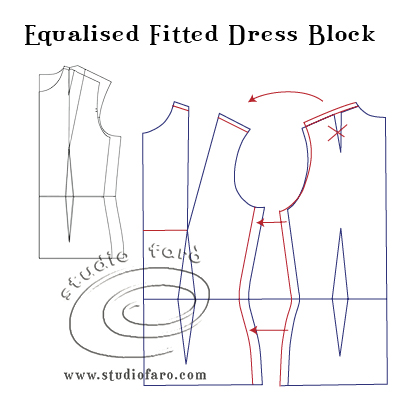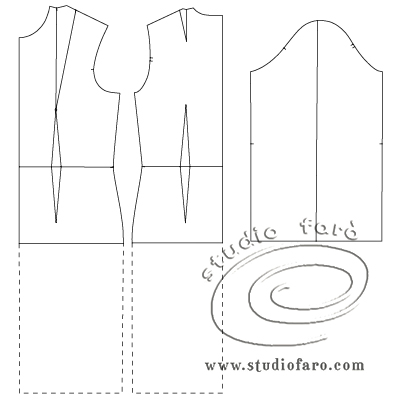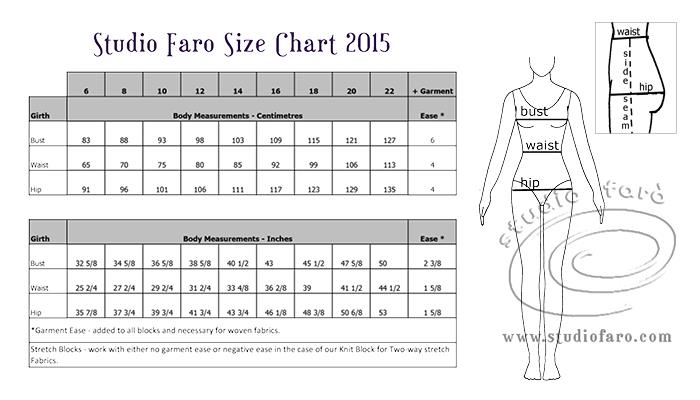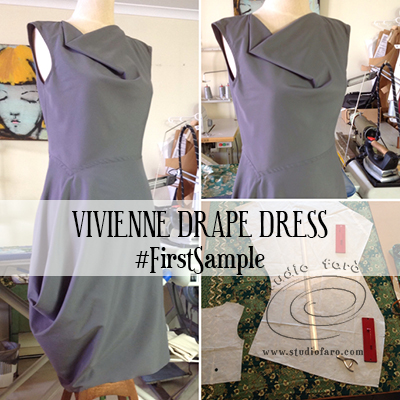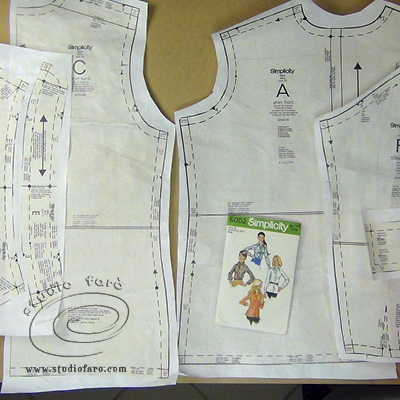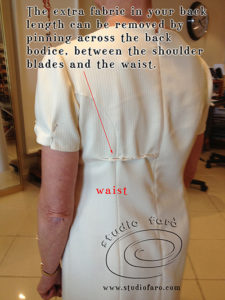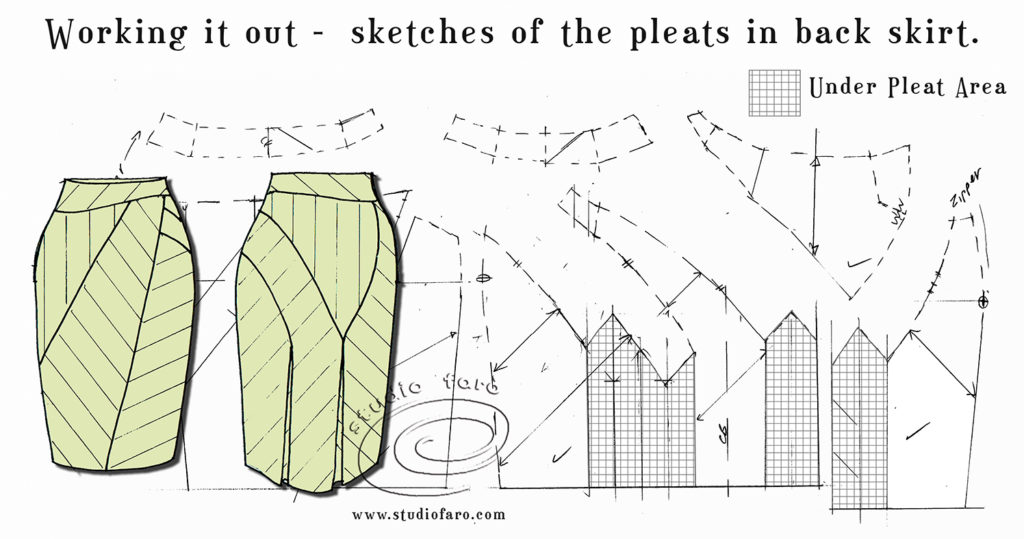As a follow-on from
Taking Body Measurements, this tutorial will help everyone understand garment ease, what it's for and how to use it in pattern making. Garment ease is the minimum amount of fabric we add to our body measurements so that our woven garments are comfortable in wearing. That is, enough extra fabric to sit comfortably, bend your elbow, reach forward to grip the steering wheel when you drive your car or use the computer, sit down, eat lunch, bend your knees, etc. When fitting basics blocks for woven fabrics, you'll always include the full ease allowance and when you cut patterns from these blocks you can alter the ease to suit the design and fabric you're cutting.
